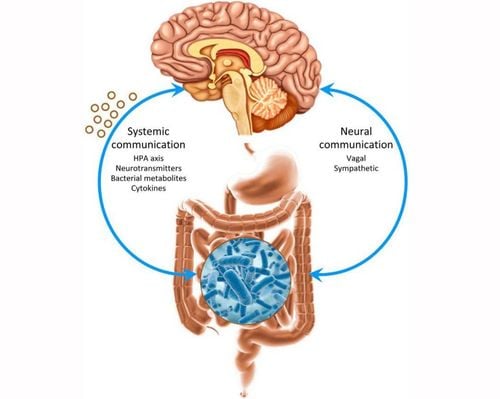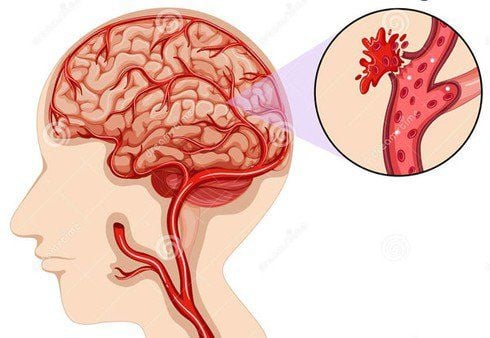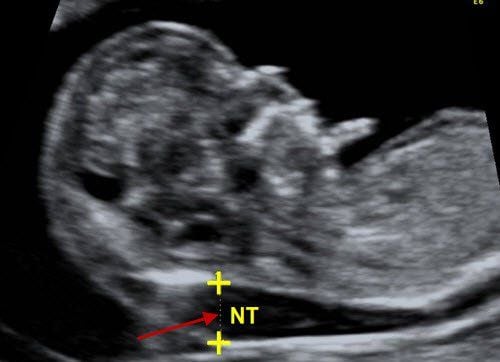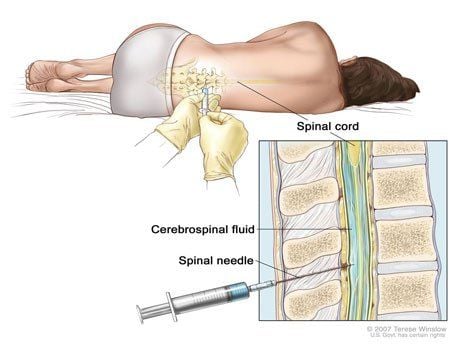This is an automatically translated article.
The article was professionally consulted by Dr. CKI Nguyen Thi My Linh - Department of Pediatrics - Neonatology - Vinmec International General Hospital Da Nang. Uncle has 12 years of experience in the diagnosis and treatment of pediatric diseases, especially neonatal resuscitation and neonatal treatment. In addition, the doctor has strengths in the field of breastfeeding counseling as well as examination, counseling and nutritional intervention in children.Ventricular dilatation in children is a condition in which cerebrospinal fluid stagnates. There are many ways to treat ventricular dilatation in children depending on the severity of the disease, but the two most common techniques today are CSF drainage and endoscopic third ventricle opening.
1. How to treat ventricular dilatation in children
For mild cases of ventricular dilatation in infants (ventricular cavity fluid measured in the range of 10-20 mm), the baby's body will be able to self-regulate, not increase or decrease, and gradually recover to health. . However, when the ventricles are dilated with a diameter of 15mm (hydrophilic) and the fluid space is > 20mm, it is considered severe ventricular dilatation. At this time, it should be treated according to the following measures:Emergency treatment. Surgical treatment. Supportive treatment: Nutrition, symptoms and rehabilitation. Additional treatment: Depends on severity of long-term complications if hydrocephalus is present. In general, ventricular dilatation in children, if acute increase in intracranial pressure is detected, the treatment will be indicated according to the following flow chart:
Draining the ventricles out: Cases with meningitis, focal pathology abdomen, or intraventricular hemorrhage. Drainage brain - abdomen VP Shunt. Endoscopic third ventricle opening: Priority of choice in obstructive hydrocephalus. In cases of chronic rather than acute elevation of intracranial pressure, or head circumference greater than 90% of the percentile, the physician may perform the 2nd and/or 3rd approach. For raised intracranial pressure Chronic craniocervical disease, recognition will be through signs of ventricular dilatation causing compression manifested in laboratory images. In addition, the child's ability to live and develop is also affected. At this time, parents should take the child to the Department of Neurosurgery for a follow-up examination.
2. Emergency treatment of ventricular dilatation in children

The doctor will conduct handle emergency situations according to the sequence A-B-C, which means Airway - Breathing - Circulation (Keeping circulatory and cardiovascular activities). Specifically:
Intravenous administration of Mannitol at a dose of 0.25-1g/kg every 6 hours, up to a maximum of 50g every 6 hours, to maintain plasma osmolality from 310-320 mOsmol/L; Inject Normal saline 3% intravenously, dose 3-10mL/kg, to maintain plasma osmolality < 360 mOsmol/L; Diuretics can be used to reduce CSF secretion, but this method is rarely used at present. It should be noted that emergency measures are only temporary, and in an emergency, treatment of ventricular dilatation in children still includes surgical treatment.
3. Surgical treatment of ventricular dilatation in children
The primary goal of surgical treatment is to help restore nerve function. Besides, ensuring the best aesthetics for the child's appearance is also prioritized by doctors. Surgical treatment of ventricular dilatation in children includes 2 methods: CSF drainage system (shunt) and endoscopic third ventricle.3.1. Cerebrospinal fluid drainage This is one of the most common treatments for ventricular dilatation in children. In it, shunt is the name for a system of drainage valves, which drain fluid from the brain to another place in a specified direction and speed. One end of the tube is placed at the ventricle of the brain, the tube body will be threaded under the skin to a place that can absorb excess CSF more easily, such as:
Draining the ventricles out: Indicated in case need immediate reduction of intracranial pressure for acute hydrocephalus or not eligible for abdominal drainage; Ventricular-abdominal drainage (VP shunt): This method is the first choice in the treatment of ventricular dilatation in children, now very commonly applied; Ventricular - atrial drainage (VA shunt): Used to replace VP shunt in cases of pediatric peritonitis, ascites, or premature infants with necrotizing enterocolitis,... unable to have drainage belly is; Lumbar–peritoneal drainage (LP shunt): Only applied in cases of hydrocephalus, however, excessive drainage will cause the risk of cerebellar amygdala hernia. In contrast to mild neonatal ventricular dilatation, most infants with hydrocephalus require lifelong shunt drainage and frequent monitoring of the valvular cord for replacement as needed.
3.2. Endoscopic third ventriculostomy (ETV) is a procedure in which a small specialized video recording device is inserted inside the brain to obtain direct vision. The surgeon then makes a hole at the base of the ventricular area to allow cerebrospinal fluid to drain out of the brain.
This technique may be indicated in the following cases:
Obstructive hydrocephalus; Infection of the shunt system; Subdural hematoma after shunt placement; Slit ventricular syndrome. Endoscopic third ventriculostomy is relatively contraindicated in pediatric patients with hydrocephalus. However, the decision-making process is mainly based on the physician's experience, as well as on the ETV laparoscopic success rate scorecard.
Specifically, when it is estimated that endoscopic III methods have a success rate of over 80%, doctors will tend to choose them over CSF drainage. Conversely, if the success rate of ETV is less than 80%, it may be necessary to consider applying a VP shunt as an effective treatment for ventricular dilatation in children. Endoscopic third ventricular floor catheterization combined with lateral ventricular choroid plexus ablation will result with a higher probability of success.
4. Follow-up after treatment
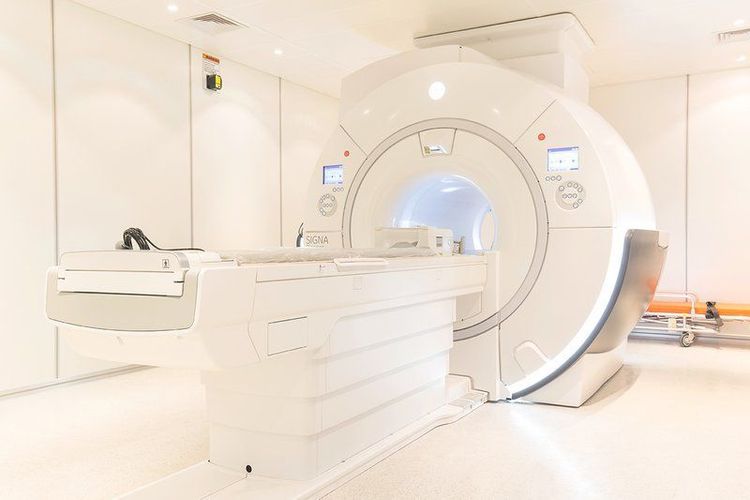
Shunt system: CSF cessation or poorly regulated drainage due to mechanical malfunction, obstruction, or infection conduit valves; Laparoscopic surgery: Transient amnesia, hypothalamic trauma, optic nerve palsy, and vascular injury. Therefore, pediatric patients must be monitored to promptly detect complications of drainage and replace if necessary. Time to replace a new drain is usually from 5 to 7 years depending on each specific case.
In summary, if the baby shows signs of ventricular dilatation in children, parents should take the child to see a specialist for a general examination. The doctor will find the cause and advise the appropriate treatment. Mild ventricular dilatation in neonates sometimes requires only observation and resolves spontaneously over time, but hydrocephalus requires early detection of symptoms and surgical intervention, including drainage and surgery. brain endoscopy.
As a key area of Vinmec Health system, Pediatrics Department always brings satisfaction to customers and is highly appreciated by industry experts with:
Gathering a team of top doctors and nurses in Pediatrics : consists of leading experts with high professional qualifications (professors, associate professors, doctorates, masters), experienced, worked at major hospitals such as Bach Mai, 108.. Doctors All doctors are well-trained, professional, conscientious, knowledgeable about young psychology. In addition to domestic pediatric specialists, the Department of Pediatrics also has the participation of foreign experts (Japan, Singapore, Australia, USA) who are always pioneers in applying the latest and most effective treatment regimens. . Comprehensive services: In the field of Pediatrics, Vinmec provides a series of continuous medical examination and treatment services from Newborn to Pediatric and Vaccine,... according to international standards to help parents take care of their baby's health from birth to childhood. from birth to adulthood Specialized techniques: Vinmec has successfully deployed many specialized techniques to make the treatment of difficult diseases in Pediatrics more effective: neurosurgery - skull surgery, stem cell transplantation. blood in cancer treatment. Professional care: In addition to understanding children's psychology, Vinmec also pays special attention to the children's play space, helping them to have fun and get used to the hospital's environment, cooperate in treatment, improve the efficiency of medical treatment.
Please dial HOTLINE for more information or register for an appointment HERE. Download MyVinmec app to make appointments faster and to manage your bookings easily.






